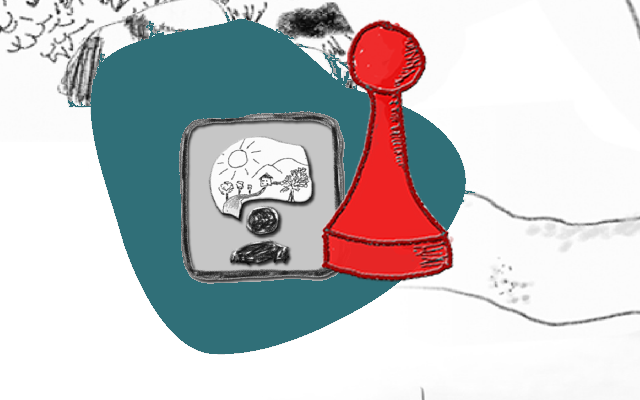Module -Storytelling
Choice and design of location
Stories can basically be told anywhere. Nevertheless, there are a few conditions that make it easier for the storyteller and the audience to fully engage with the story:
- Important is that your listeners feel comfortable and distraction is minimized.
- Put your audience in a “horseshoe” or a half circle so you can see your audience and they can see each other. Use chairs, no tables.
- Don’t darken the room. You need to see your audience. No strong lightning at yourself because you have to follow the story you tell in their eyes. You must tell the story for the whole audience. Don’t forget a part of the audience. You have to look them in the eyes.
- You need a room with a door that you can close.
- Make sure that there aren´t many sources for distraction in the room and especially not behind you, tell e.g. in front of a wall, a curtain or backdrop fitting to the story
- Ask learners to put their mobile phones on silent mode or turn them off, and do the same with your own.
But just because we are talking about storytelling as a method of adult education does not automatically mean that we are talking about a classical learning situation in a classroom. Quite the opposite: as mentioned at the beginning, stories can be told anywhere. In fact, more informal situations probably come to mind first when we think of storytelling: as a child snuggled on a parent's lap, as a teenager with friends at a pyjama party with scary stories, as an adult around a campfire.

Informal situations can also be created and used in adult education. A relaxed, pleasant environment helps to create a relaxed, pleasant atmosphere. Why not go outside? To the summer garden or park? To a campfire site? To a historically/culturally/personally significant location related to the story/to the topic of the lesson? To a library, to a museum?
The most important thing is and remains that the audience and you yourself feel comfortable wherever you are for your storytelling.
 |
 |
 |






























